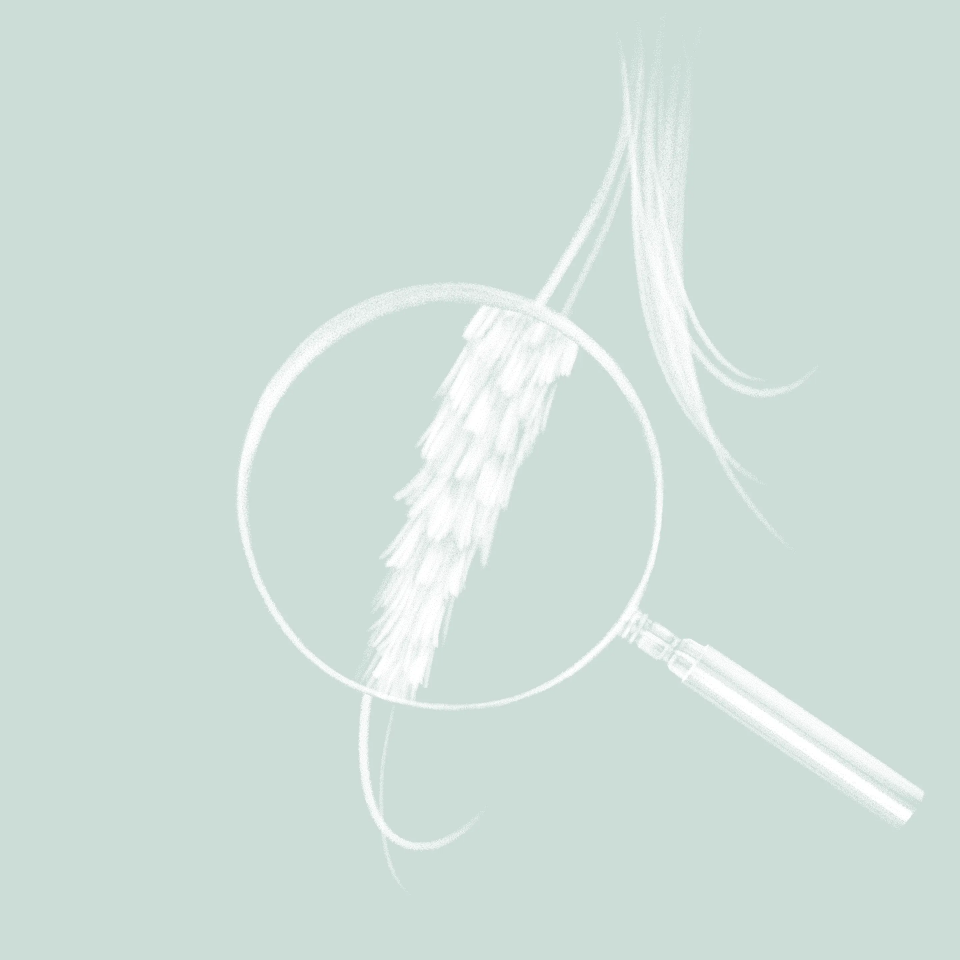Silicones: detangling the truth from the myths
They have joined the "no" club: these ingredients which, until now, have been almost incognito and have been banned on the packaging of almost all cosmetic products. But why has war been declared on silicones? Are they really such bad boys? Are we really breaking up with them completely? We tell you all about it, straightforwardly and without additives.
What are silicones?
Let's start by getting a few things straight: there is not ONE silicone, but MANY silicones, and not all are the same! Silicones are synthesized ingredients that come from silica, a mineral compound found literally under our feet, as it is the main component of sand. Invented by an American researcher on the eve of the Second World War, silicones quickly found their place in many industries due to their versatility and low manufacturing cost. They can be found in everything from bathroom seals to fire-resistant foam in aircraft, and of course in cosmetics.
Why so much love for silicones? In cosmetics, their interest comes from the fact that they function as a waterproof film that spreads over the surface of the skin, or hair in our case, and creates an almost impenetrable casing. This inert sheath attaches to the hair and prevents the keratin fibers from lifting, ensuring an immediate and visible result in terms of shine and ease of detangling. In most formulations, silicone is also a sensorial factor: it helps to develop softness to the touch or ease of application. Silicones have no function other than to sheathe the hair; they are not moisturizing or restructuring; they cover, like a plastic film. And that, you see, is where their problems lie...
But what is their problem?
The list of grievances is quite extensive and depends greatly on the type of silicone used, but they can be grouped into two categories: environmental impacts and health impacts.
Their environmental record is not so good: silicones are indeed very polluting substances. Why is this? Quite simply because of their main quality: being stable. These "false friends" of the hair fiber cannot be broken down and do not disintegrate under any circumstances. Once they’ve been rinsed out, they end up in the water, regroup and continue to suffocate everything they find. Additionally, as they are not biodegradable, they can take several centuries to disappear. The European Union has very strictly restricted their use in rinse-off products: the concentration of two types of silicones, D4 and D5, can no longer exceed 0.1%.
On the human side, some of them are suspected of being endocrine disruptors, while others are said to be comedogenic. In any case, although the danger of a particular type of silicone has not yet been scientifically established, their accumulation has already been the subject of vigilance for many years. It is easy to understand that a product whose only action is to envelop can have – in too great a concentration – a suffocating effect, which ends up accomplishing the opposite of what was originally sought, namely healthy hair. The occlusive effect of silicones also affects the scalp and can worsen its imbalances (especially for oily scalps).
To make things even heavier, silicones are a real cover-up: their immediate shine effect hides the real battle your hair is fighting. They prevent treatment products from penetrating the fiber and nourishing the hair. This leads to long-term problems, such as the disappearance of the hydrolipidic film, the destructuring of the intercellular cement, or undernourishment. The result is damaged or increasingly dry hair.
Goodbye my lover?
Should we say goodbye to silicones and their promise of shine like an ex who was a bit toxic but looked good in photos? In any case, this is the choice that many professionals in the cosmetics industry have made, without sacrificing hair full of shine and softness! At René Furterer, the changeover was total: today, 99% of our products are formulated without silicones. The solution was found by using natural emollients and sheathing agents, which provide protection and nutrition to the hair fiber and promote a lasting result.
One last piece of advice for those who are still reluctant to turn the page: limit your use of silicones to the essentials, a single product for which you cannot find an equivalent, for example, and opt for silicone-free formulations for your most common products. To spot them, look at the list of ingredients and look for -ciloxane, -silane or -thicone endings; they are often at the top of the list because they are present in large quantities.
The environment, and your hair, will thank you.




